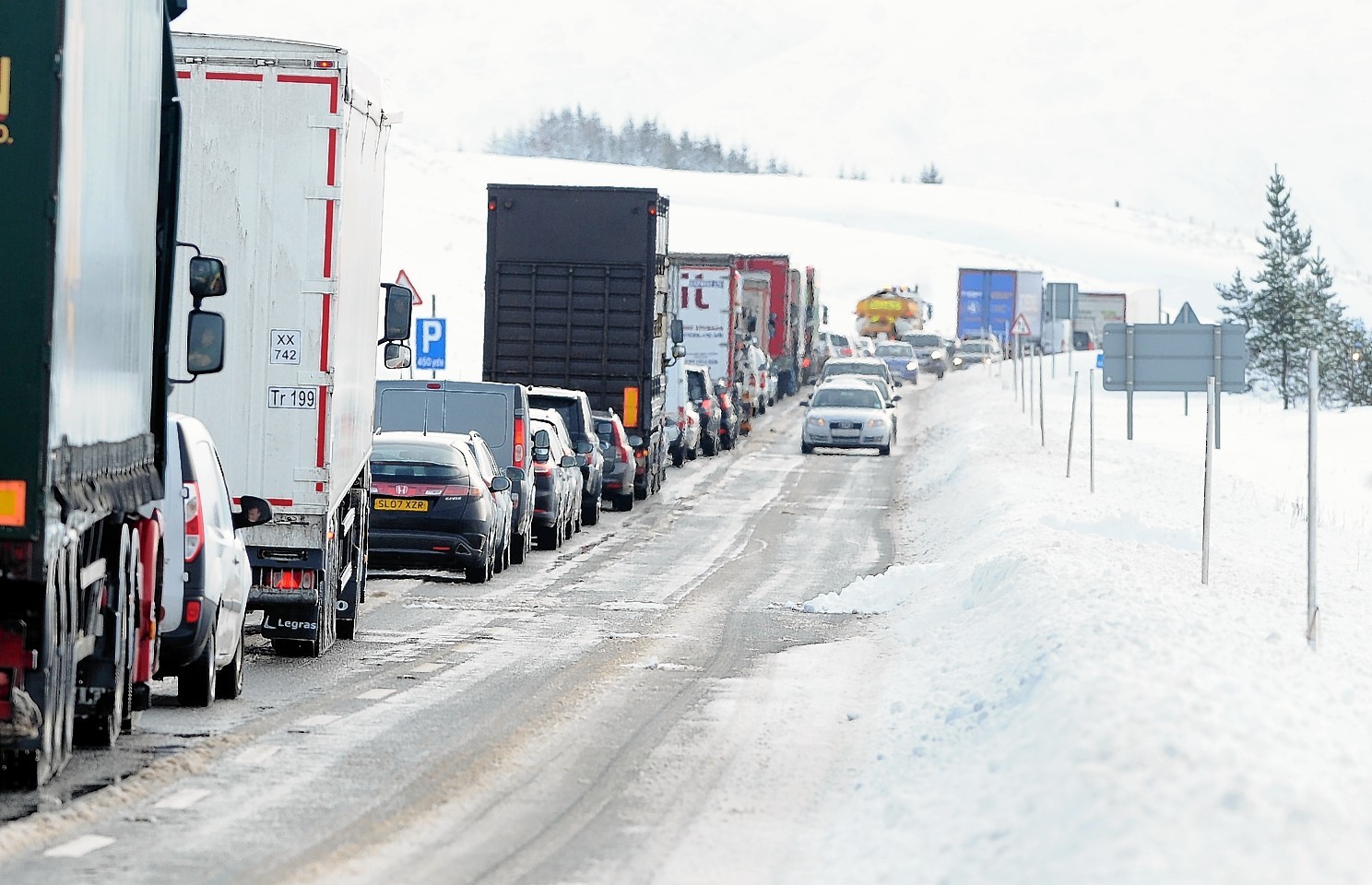Local community resilience groups in towns and villages along the A9 are offering extra help to drivers caught out by severe weather, via a new community resilience plan.
The initiative is being introduced as severe flooding and the aftermath of Storm Frank continues to affect drivers in many parts of Scotland.
Community Councils, Perth & Kinross Council, Highland Council, Police Scotland, Transport Scotland and the Scottish Government are behind the plan which involves local facilities including community halls, hotels and schools being used to keep people safe and warm if they get caught by a closure on the A9.
Voluntary groups in 10 communities in Perth and Kinross and some rural hoteliers in the Highlands have offered to provide assistance to drivers. A number of the facilities have already been used by residents who had to evacuate their homes due to flooding over this winter.
Transport Minister Derek Mackay said:
“Our trunk road operating companies do all they can to keep the network operating in winter. Our gritters are out on a 24/7 basis and the routes are monitored from the National Traffic Control Centre. Despite these efforts, the elements can sometimes overcome us and this plan will help improve resilience in these extreme situations.
“Our advice to the public will continue to be to be prepared. In winter you should pay extra attention to planning your journey by making sure your vehicle is ready for a journey in poor weather and also checking the weather forecast and road conditions on the Traffic Scotland website before you set off.
“Consider carrying a snow shovel, blankets, and food and drink, first aid kit, battery jump leads, a torch and spare batteries and a map for unplanned diversions.”
Councillor Ian Miller, Leader of the Administration, Perth & Kinross Council said:
“The A9 often suffers the brunt of stormy weather in Scotland. Blizzards, heavy snowfall, high winds, and of course heavy rain and flooding, can all have an impact on roads, and despite the best efforts of the authorities, occasionally the A9 may have to close. This means that even sensible drivers who take all the right precautions can be caught out.
“Their safety and welfare is of the upmost importance while agencies work to clear the route as quickly as possible. So we’ve worked with local communities and a number of other partners to develop new approaches to help ensure drivers can be diverted to an appropriate location until conditions improve.
“We believe local community groups can be a welcome helping hand when it comes to offering somewhere safe and warm to wait out the worst of the weather.”
Chief Inspector Louise Blakelock, Police Scotland Road Policing Commander for the North said: “Winter driving is a question of common sense and motorists should ask themselves if they really need to travel when conditions are poor. However, if drivers do find themselves stuck on the this stretch of road, the local communities are well placed to help keep them warm and dry until the road is open again.”
“This plan is not a substitute for drivers thinking ahead and considering whether it is appropriate to make the journey. It is a fall back option for those who have been caught out by the weather.”
The A9 trunk road community emergency plan has been developed by local communities, Transport Scotland, Police Scotland, Perth and Kinross Council, Highland Council and Bear Scotland.
The Scottish Government’s Ready for Winter campaign provides information and advice on how to prepare and cope with severe weather including snow, ice, flooding and high winds.
